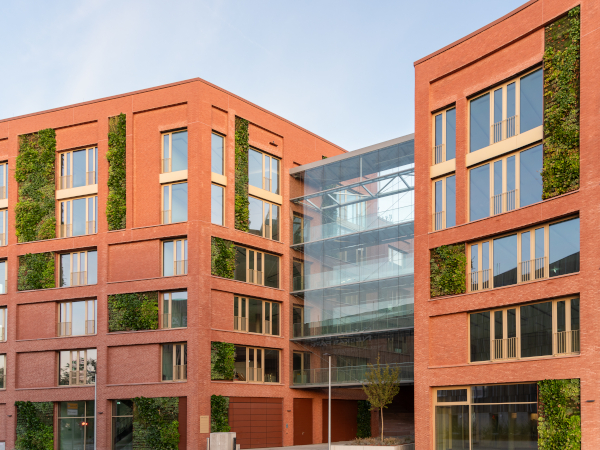Date: 25 October 2007
The Vienna-based market research firm reports Eastern European window sales totalled 47.5 million units sold in 2006, with a total value of 6.9 billion Euros.
That growth will continue to be strong for years to come, according to Interconnection’s new study, which covers Bosnia and Herzegovina, Bulgaria, Estonia, Latvia, Lithuania, Croatia, Poland, Romania, Russia, Serbia, Slovakia, Slovenia, the Czech Republic, Ukraine and Hungary. Together, these countries represent a window market that grew by 26.9 percent in 2006.
By 2008, the Eastern European market is expected to reach 77 million window units. That is the approximate number of units now sold annually in Western Europe. By 2010, the Eastern market volume is predicted to have nearly tripled to 130 million window units sold annually. The value of windows sold will exceed 20 billion Euros.
Russia and the Ukraine will be the drivers for much of this growth and are expected to account for 77 percent of the Eastern European market in 2010. These booming markets are currently growing by more than 30 percent per year.
In the more mature European Union-markets, growth amounted to “only” 9.3 percent, analysts note, and only Hungary suffered declining quantities. The Baltic countries, which saw falling numbers back in 2000, are back on track, growing again by more than 20 percent per year. The Balkan countries, which were up 15.3 percent in 2006, will soon reach their peak, expected for 2007-2008.
Pointing to continued growth potential, Interconnection notes that throughout Eastern Europe there are too few apartments, too little modern office space, public buildings are in need of renovation and many private dwellings need new, energy-efficient windows. In the next four years, yearly growth will be between 10 percent and 35 percent, depending on the country.
Additionally, incomes continue to rise and with that trend, there are some shifts in window preferences. Offering value-priced performance, PVC’s share of the Eastern European market accounted for about 70 percent in 2006, Interconnection notes. Other issues are now driving preferences in the direction of wood and clad-wood windows, which are considered both ecologically sound and pleasing to the eye, it is noted. The shift, however, is not expected to decrease PVC sales at all.









Add new comment